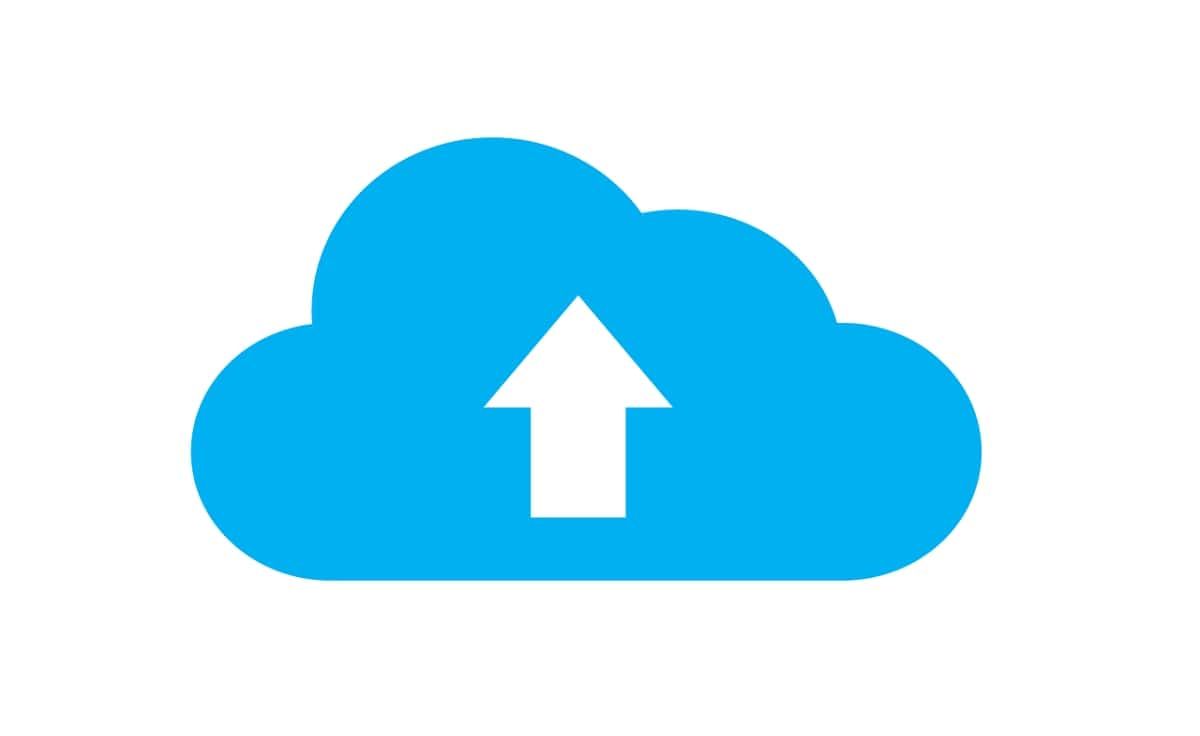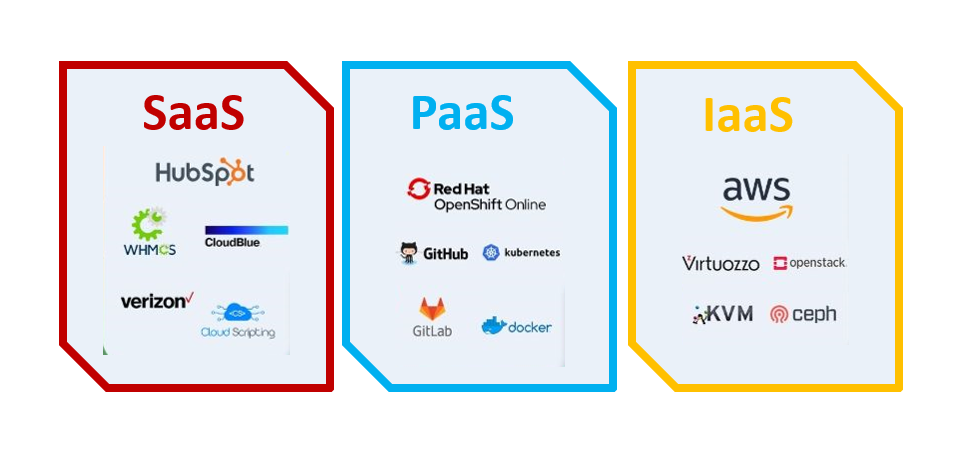As the world becomes increasingly reliant on the cloud, cybercriminals have increased their interest in infiltrating it. Cloud-based applications can become infected, and employees can unintentionally disseminate data and information to the wrong people via the cloud. And this is happening more and more as remote employees work from unsecured connections.
These types of threats and challenges have led organizations to look for a security solution that will protect them while working from the cloud. A Security Service Edge (SSE) solution is among the best option among all cloud security options available.
What Is Security Service Edge (SSE)?
In simple terms, Security Service Edge (SSE) is a purpose-built cloud platform that integrates several specialized security software under one roof. The four main security components or core services of SSE are providing SWG, ZTNA, CASB, and FWaaS. If you are unfamiliar with these acronyms, don't worry, these will be further explained in the article.
One of the main ideas behind SSE is to improve data storage and security in the cloud. This brings several advantages as you will no longer need legacy technologies that can no longer follow connections between users and cloud apps. Additionally, you will no longer have to invest in traditional hardware maintenance, which can be very expensive and time-consuming to install.
With a comprehensive SSE solution, there will be no penalties for connectivity and processing times as it does not rely on user traffic going through a data center via a VPN for inspection. Traditional systems usually slow down processing time and present significant security vulnerabilities since VPNs are becoming easier to exploit due to their lack of patches. These are only some of the few advantages of SSE over traditional solutions.
Are SSEs Meant for Individuals or Organizations?
SSE is an emerging concept introduced in 2021 to help organizations deal with cloud work and data storage. It was created mainly to enable companies to employ personnel working remotely and keep their data in the cloud. This now signifies that a company can rely on a Security Service Edge solution to keep their data and information secure, even when it becomes more and more distributed in the cloud.
The reliance on data in the cloud can make information more vulnerable if not adequately protected, especially when employees access this data from remote sites worldwide, which in many cases can be unsecured. In theory, anyone can use an SSE solution to secure their cloud, which certainly has enormous advantages for individuals. That being said, due to the SSE complexity, it is still meant for organizations that rely on cloud workloads.
What Are the Primary Services of SSE?
Secure Web Gateway (SWG)
A secure web gateway works as a browser antimalware proxy solution that detects and filters web traffic, just like an airport screening officer would. But in simpler words, it provides a secure gateway between the internet and the cloud. It accomplishes this by applying traditional and modern techniques to filter traffic and only let the secured one through. They are also instrumental in stopping data leaks and blocking risky user behavior.
Zero Trust Network Access (ZTNA)
A zero-trust security model is a security mentality based on the premise that no one should be "trusted" from inside or outside the network (i.e., person, system, or device) to gain access to your network. This means a ZTNA will create identity-based access boundaries across your cloud app and help you provide remote access to certain parts of your organization based on the cloud.
Cloud Access Security Broker (CASB)
A CASB serves as policy enforcement software that helps safely access cloud applications with unauthorized use of Software-as-a-Service (SaaS), Platform-as-a-Service (PaaS), and Infrastructure-as-a-Service (IaaS). It will consolidate multiple types of security policies and apply them to everything in the same way a control point would. CASB features also include:
- Malware detection
- Data encryption and key management
- Data loss prevention
- Cloud management and risk assessment
Firewall-as-a-Service (FWaaS)
An FWaaS works as a traditional firewall except that it is cloud-based. A primary advantage of an FWaaS over traditional firewalls is it allows users to set a tailored barrier between your cloud and all network systems connected to it. An FWaaS also comes with next-generation firewall (NGFW) features.
Cloud Security Posture Management (CSPM)
A CSPM works by constantly improving cloud security by actively detecting and scanning for system misconfiguration anomalies and providing compliance assurance.
Overall, Security Service Edge can count on even more security functions than those mentioned above. Some will even allow you to complement the existing ones, yet the real value of an SSE solution is the consolidation of all under one operation center.
What Are the Key Advantages of SSE?
A Security Service Edge platform has three main advantages over most traditional network security solutions, which can be integrated to work with the cloud.
Cloud Security Consolidation
The main advantage of SSE over traditional network security solutions is that it consolidates and unifies essential security services (SWG, CASB, FWaaS, CSPM, and ZTNA). Implementing and consolidating all security services under one command allows for security to be done more efficiently while ensuring that all your data get the same standardized protection.
This will decrease the threat of data loss or an attack and make sure your system runs smoothly despite the added features of constantly scanning and monitoring the cloud and computer use.
Improved Risk Reduction in the Cloud
SSE is not tied to a network (but in the cloud instead), meaning security measures can follow the user, regardless of their connectivity site or device. This will make all security services unified while reducing risks by eliminating security gaps.
Zero Trust Strategy
As mentioned, a ZTNA will provide additional security to your cloud infrastructure and apply a strategy to mitigate risks. This allows the cloud to grant access based on identity and security policy to protect applications behind the SSE. As a result, cloud-based apps are protected from being discovered, which naturally considerably reduces the risk on an attack surface.
Should End Users Care About SSE?
As mentioned above, SSE is designed for big organizations; yet, the SSE concept and application are significant in security because it is helping companies embrace the idea of a unified security platform in the cloud.
As it stands, it may not seem that important to you. But remember that most security trends start with the big organizations until they eventually become accessible and affordable for end users.





